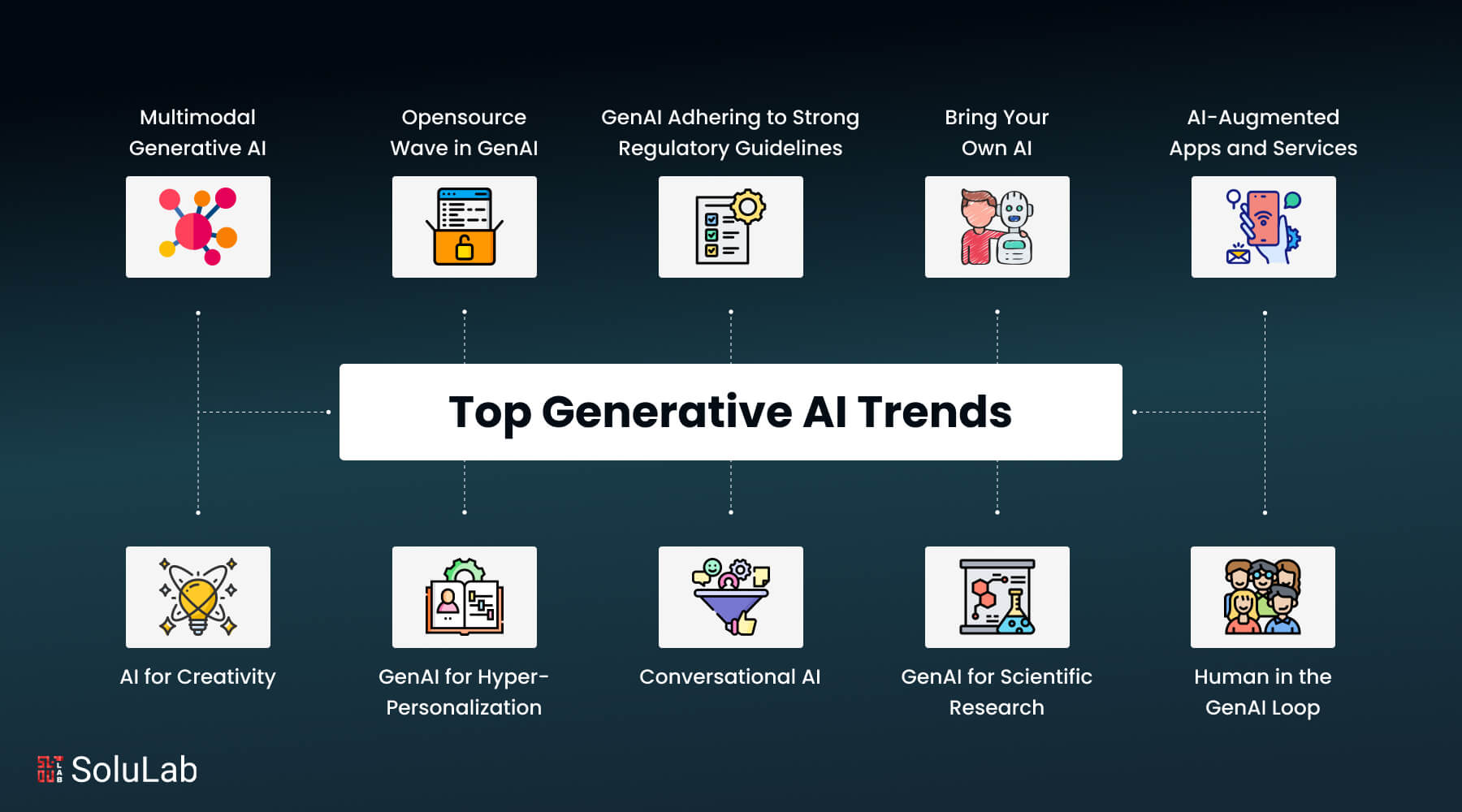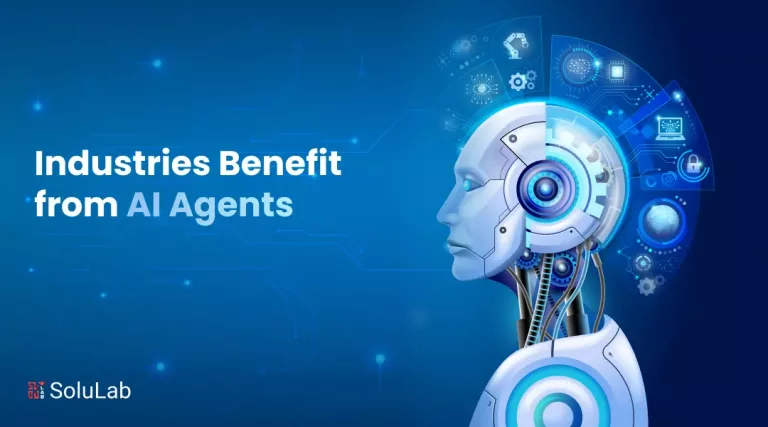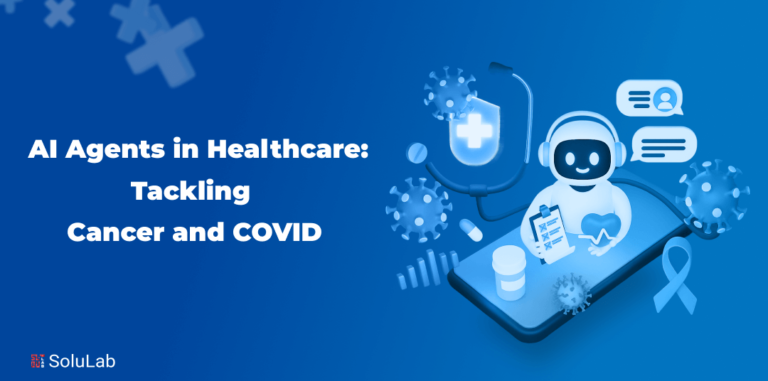
Generative AI has quickly transformed from a specialized idea to a force that is transforming businesses all around the world. The history of artificial intelligence has been nothing short of transformation starting with innovators like John McCarthy and Alan Turing in the 1950s and ending with Ian Goodfellow’s 2014, presentation of Generative Adversarial Networks (GANs). By 2023, generative AI was widely used because of programs like ChatGPT and open AI, which completely changed how people use technology.
With the use of machine learning and large language models natural language processing, and generative AI produces text, images, and even movies with startling accuracy. The top generative AI transferred in 2025 will be discussed in this article along with how they will transfer to several industries.
Understanding Generative AI
A subfield of artificial intelligence known as generative, AI uses patterns found in enormous databases to produce original material, including text, photos, music, and movies. Generative AI aims to provide creative and human-like outputs, in contrast to classical AI, which mostly makes predictions or classifies data. Generative AI, made popular by models like open AI’s ChatGPT and DALL-E, uses sophisticated neural networks, specifically transformer architecture to produce content that is logical and sensitive.
According to a PwC analysis, generative AI is expected to account for a sizeable amount of $15.7 trillion that artificial intelligence could provide to the world economy by 2030.
Industries are transforming with the help of generative AI, which marketers use to automate campaigns and creation, authors to create articles, and medical experts to investigate its possibilities in diagnostics generative, AI is essentially an entirely novel technology that is changing how we invent and produce. As a developed, appropriately utilizing its potential requires an awareness of its advantages, disadvantages, and social effects.
Top Generative AI Trends For 2025
In 2025, generative AI is rapidly transforming from a promising technology to a value-adding asset. Let’s examine how a major telecommunications company in the Pacific region successfully harnessed this potential.
The company appointed a Chief Data and AI Officer to lead the initiative, recognizing the strategic importance of data and AI for business growth. In collaboration with the organization, the officer developed a comprehensive roadmap, identifying home servicing and maintenance as a priority domain. The goal was to create a generative AI tool that would enhance the abilities of dispatchers and service operators to accurately predict service requirements.
To bring this vision to life, cross-functional teams were assembled, combining expertise from various departments. Additionally, an academy was established to provide employees with the necessary data and AI skills. The officer strategically selected a large language model and a cloud provider to support these endeavors. A robust data architecture was implemented to ensure reliable and timely data delivery, which was crucial for achieving tangible business benefits.
Looking ahead, we anticipate that the following generative AI trends will significantly contribute to enterprises unlocking value from data:
1. AI for Creativity
Marking a milestone in AI art generation, Dall-e, an AI tool, demonstrated the unexpected ability to create artwork from minimal inputs. Despite the initial limitations of its early version in terms of quality, the current iteration has shown significant improvement, delivering results that closely align with user requests.
The capabilities of such AI tools are not limited to visual art; they also include generating real-time animations, music, and audio for a wide range of applications. This field is set to experience ongoing expansion, empowering creative professionals and enthusiasts alike, such as musicians, songwriters, artists, and sound effects specialists, to fully utilize generative AI technologies for artistic expression and innovation.
Coca-Cola and Dall-E have partnered to launch “Create Real Magic,” a platform that uses AI technology to improve marketing campaigns. This partnership is an intriguing illustration of novel advertising tactics meant to capture customers’ attention while utilizing the most recent developments in generative AI to enhance consumer interactions with engaging content.
Read Also: DePIN In the Telecom Industry
2. GenAI for Hyper-Personalization
In several industries, hyper-personalization has emerged as a crucial aspect of Generative AI. In the Pharmaceutical & Life Sciences industry, where drug launch campaigns are paramount, hyper-personalization is essential for success.
Commercial pharma teams engage with healthcare professionals (HCPs) on a personal level to promote new drugs. This requires extensive research on the HCP’s domain and mapping the drug with their specialization.
Top Generative AI Trends empowers commercial pharma teams to create highly individualized content for healthcare professionals. By analyzing vast amounts of data, AI can tailor messages and materials to individual preferences and needs. This enables more targeted and effective communication strategies, leading to improved engagement and outcomes of GenAI in the healthcare industry.
Beyond the pharmaceutical industry, hyper-personalization extends to various sectors such as e-commerce and entertainment. In these domains, AI algorithms analyze vast amounts of data to predict and adapt to user preferences, enhancing the user experience and driving customer satisfaction.
3. Conversational AI
In 2025, Top Generative AI Trends, a widely-discussed Generative AI trend, is transforming Conversational AI.
Generative AI makes it possible to have natural language interactions with AI. Using sophisticated natural language processing and machine learning methods, generative AI models like GPT can comprehend context, produce coherent and pertinent responses, and tailor discussions based on a user’s history and preferences.
GenAI enhances Conversational AI, making it more intuitive, interactive, and capable of flawlessly handling intricate interactions.
4. Generative AI for Scientific Research
Generative artificial intelligence (Gen AI) is revolutionizing the way research papers are summarized, particularly in the medical and pharmaceutical fields. It offers a more efficient and accurate approach to extracting key information from complex documents.
This technology leverages the power of large language models (LLMs) to condense lengthy documents into concise, comprehensible summaries. Researchers, practitioners, and industry professionals can quickly grasp key findings, methodologies, and implications without delving into the full text.
Gen AI-driven summarization tools streamline the literature review process by significantly reducing the time and effort required to extract vital data. This enhances research productivity, facilitates more informed decision-making, and accelerates the development of new treatments and drugs. Ultimately, it contributes to advancements in healthcare and improved patient outcomes.
5. Human in the Generative AI Loop
In 2025, Human-in-the-Loop (HITL) emerged as a noteworthy trend in Generative AI, emphasizing the symbiotic relationship between AI progress and human supervision. As Generative AI systems gained complexity, integrating human input into the training process became crucial to ensure alignment with ethical standards, cultural sensitivities, and practical applications.
This approach not only enhances the accuracy and reliability of AI-generated outputs but also fosters a collaborative environment where human expertise guides the evolution of AI.
Organizations that leverage HITL can harness the creativity and efficiency of generative AI while maintaining control over the output, ensuring that it meets the diverse and nuanced demands of various applications.
6. Multimodal Generative AI
Generative AI Trends are expanding rapidly, shifting from single-domain proficiency to embracing multimodal generative AI models capable of processing and interpreting diverse data types.
Pioneering models like CLIP for text-to-image and Wave2Vec for speech-to-text have paved the way. However, recent advancements target more versatile models that can seamlessly transition between tasks like natural language processing (NLP) and computer vision, even incorporating video processing capabilities as seen in Lumiere by Google.
This new wave of AI encompasses proprietary models like OpenAI’s GPT-4V and open-source options like LLaVa. These models aim to create more intuitive and adaptable applications, allowing users to interact with AI in intricate ways, such as receiving visual aids alongside verbal instructions.
Moreover, by handling a broader spectrum of data inputs, multimodal models can enhance their comprehension, generating more accurate outputs. This significantly expands the utility of AI across various fields.
7. Opensource Wave in Generative AI
Generative AI (GenAI) offers a myriad of prospects, from crafting intricate art to composing music, designing pharmaceuticals, and replicating human speech. It has become a focal point for both excitement and critical analysis.
Open-source projects play a vital role in GenAI’s progression. They democratize access, invite contributions from diverse backgrounds, drive innovation, and help identify and address biases during development.
This collaborative approach fosters an inclusive environment for innovation, encourages knowledge and resource sharing, and facilitates the prompt identification and correction of biases and errors.
Moreover, open-source initiatives in GenAI are essential for ensuring transparency, building trust, and ensuring ethical considerations are at the forefront of AI development.
As a result, open source is not merely a trend but a fundamental component in the sustainable growth and ethical advancement of Generative AI Trends. Examples of GenAI in Open Sources include TensorFlow and TensorFlow Models, PyTorch and Hugging Face’s Transformers, GPT-Neo and GPT-J, Stable Diffusion, and more.
8. Gen AI Adhering to Strong Regulatory Guidelines
The trend towards regulatory compliance in Generative AI is gaining momentum, particularly in response to the proposed Artificial Intelligence Act by the EU. This is driven by growing concerns over privacy and bias as multimodal AI becomes more accessible.
The absence of clear regulatory frameworks could hinder the adoption of AI technology. Businesses may hesitate to invest due to fears that future regulations could render their current investments obsolete or illegal.
In the United States, the leading hub for AI innovation, regulatory efforts are still evolving. While government bodies and developers have taken steps to establish standards and pledge ethical practices, a comprehensive regulatory framework remains elusive.
GenAI, a prominent application in the pharmaceutical industry, is addressing regulatory compliance challenges by producing compliant-ready materials for various purposes, including drug launches, promotions, and HCP outreach. By automating document creation according to stringent industry standards, GenAI facilitates rapid and error-free preparation for market entry and ongoing compliance. This enhances efficiency, reduces the risk of regulatory violations, and supports regulatory affairs by streamlining the document creation process.
9. Bring Your Own AI
Bring Your Own AI (BYOAI) is the integration of custom or preferred artificial intelligence (AI) models into existing platforms, systems, or services by individuals or organizations. This approach offers greater customization, efficiency, and alignment with specific needs or goals, although real-world examples of BYOAI are limited. In healthcare, providers are implementing AI algorithms they have developed or tailored to analyze patient data, predict disease outcomes, and customize treatment plans, demonstrating the potential benefits of BYOAI in healthcare. Even while they aren’t dubbed BYOAI, banks like JPMorgan Chase have invested in creating their own artificial intelligence (AI) systems, termed Index GPT, to improve risk management and customer service.
10. AI-Augmented Apps and Services
In 2025, Generative AI trends are led by AI-augmented applications and services, signifying a notable shift in how technology empowers individuals across diverse domains. This trend entails incorporating advanced AI algorithms into various software and platforms, enhancing user experiences with tailored, intelligent capabilities.
AI-augmented solutions are redefining efficiency and personalization, encompassing content creation tools adapting to individual writing styles and smart healthcare apps delivering customized treatment recommendations.
Conclusion
As we explore the top Generative AI trends for 2025, it’s evident that the future holds remarkable advancements in Generative Artificial Intelligence. However, these innovations come with challenges, such as ethical concerns and the need for robust regulatory frameworks. Addressing these issues is crucial for the responsible development and deployment of Generative AI solutions.
To navigate the complexities of Generative AI trends, businesses must collaborate with experienced Generative AI development companies. SoluLab offers AI services and solutions, backed by a team of expert Generative AI developers. By partnering with SoluLab, you can leverage the full potential of GenAI trends in 2025, ensuring your business stays ahead.
FAQs
1. What effects will AI have in the next 5 years?
AI will probably change schooling at all levels, training, and instructional materials will be provided to the students based on their individualized needs. AI will also identify the best techniques and methods to improve every field.
2. How will future Generative AI trends impact businesses?
Future Generative AI trends will enable businesses to innovate rapidly, streamline operations, and create personalized customer experiences, ultimately driving growth and competitive advantage.
3. What challenges are associated with Generative Artificial Intelligence trends?
Challenges include ethical considerations, data privacy concerns, and the need for robust regulatory frameworks to ensure the responsible use of Generative AI technologies.
4. How can a Generative AI development company help my business?
A Generative AI development company can provide tailored AI solutions, leveraging the latest GenAI trends in 2025 to help your business innovate, automate processes, and enhance decision-making capabilities.
5. What is the role of Generative AI developers in the implementation of AI solutions?
Generative AI developers design, build, and optimize AI models and applications, ensuring they meet specific business needs and harness the full potential of Generative artificial intelligence.
6. What industries will benefit most from Generative AI trends in 2025?
Industries such as healthcare, finance, entertainment, and manufacturing will benefit significantly from Generative AI trends, experiencing improvements in efficiency, innovation, and customer engagement.






